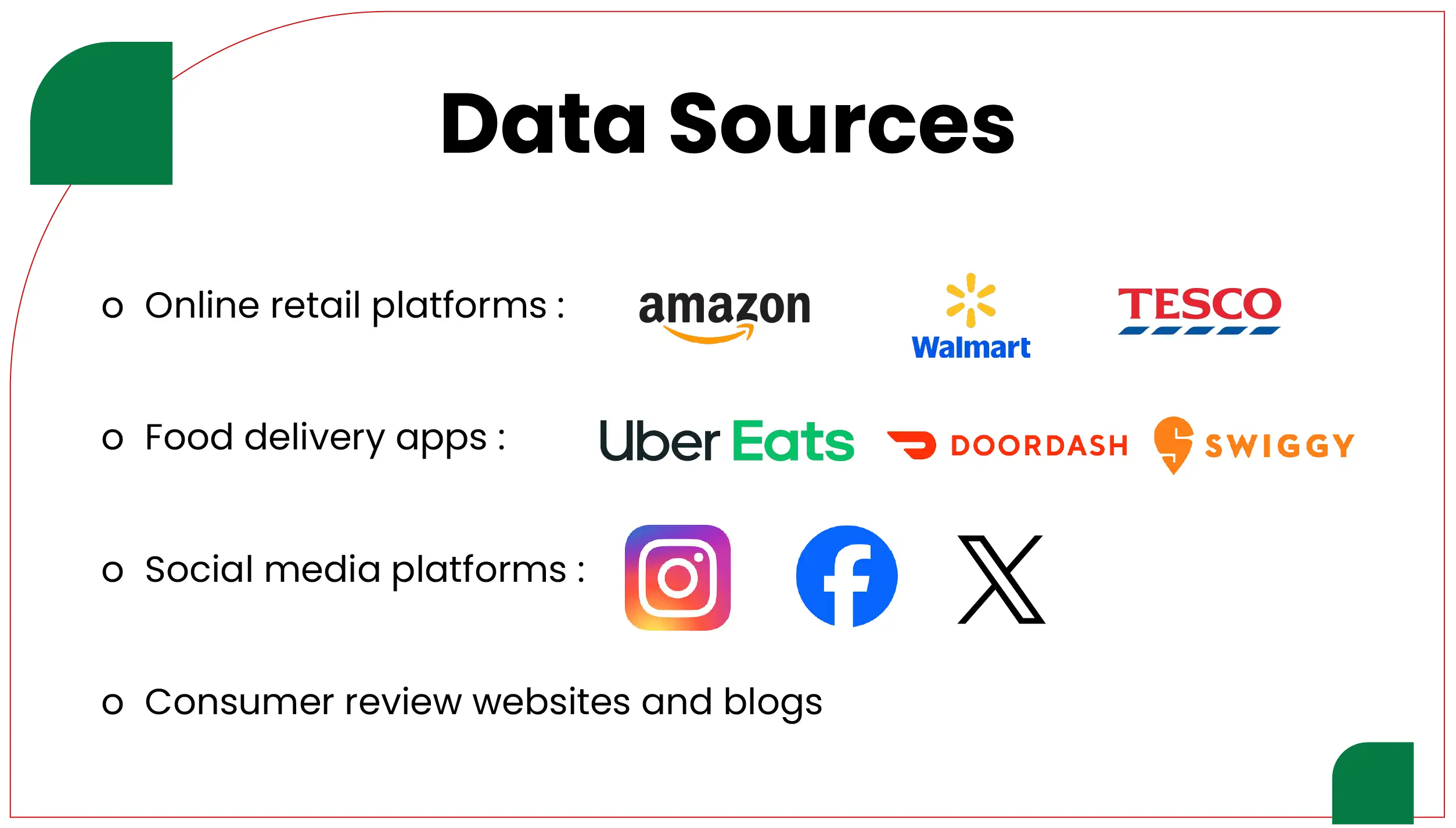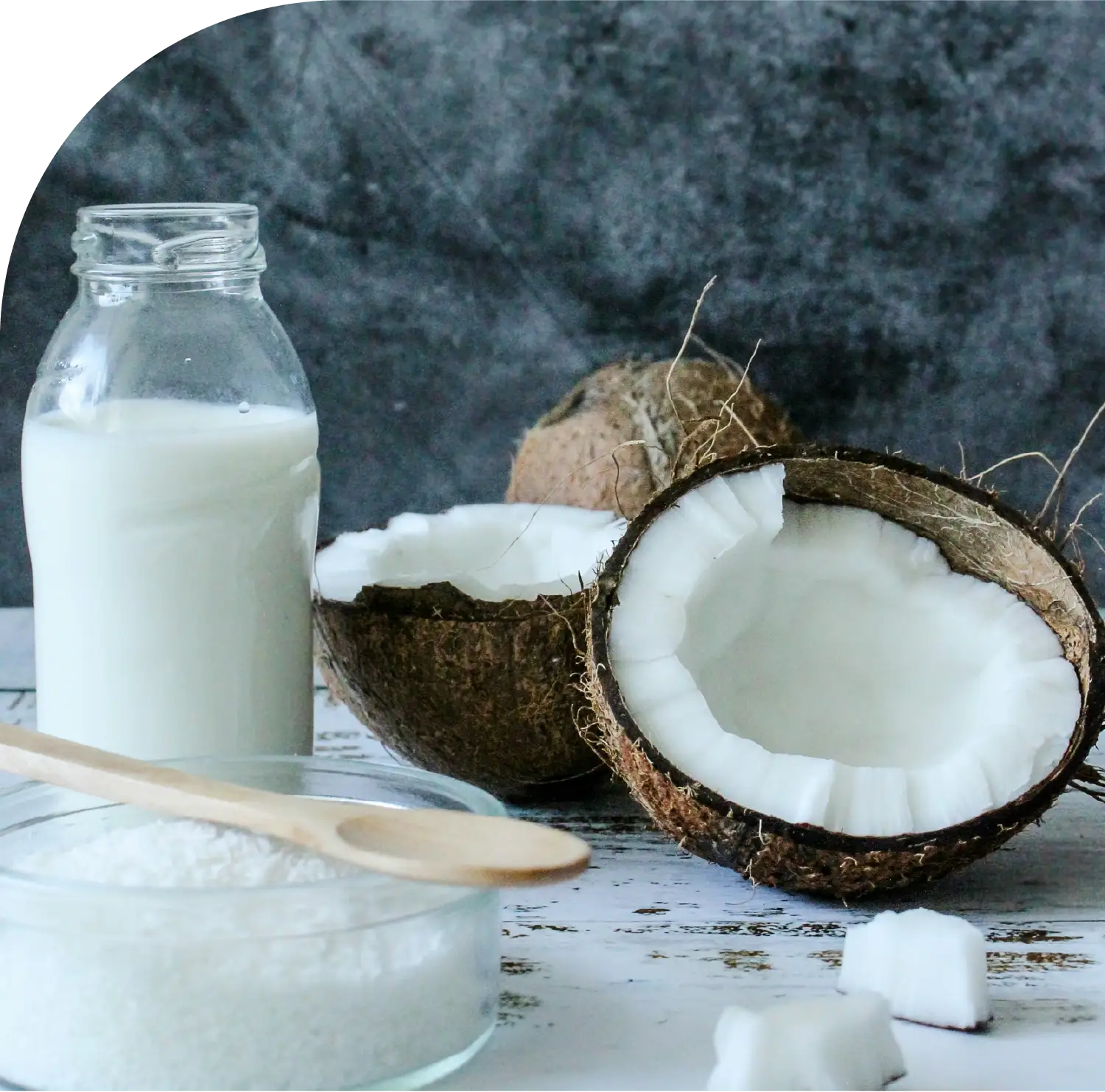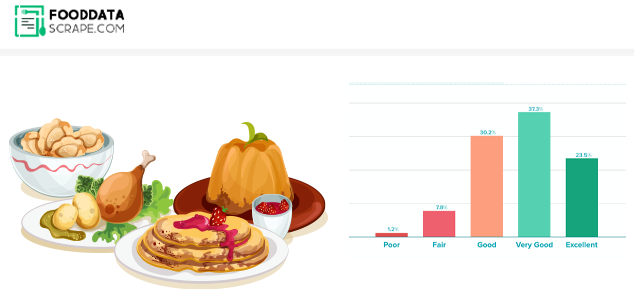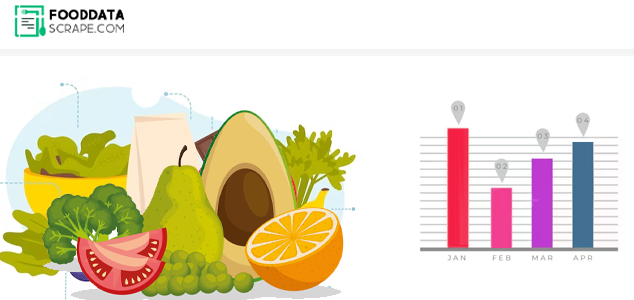Introduction
The rising adoption of plant-based diets globally has fueled a significant surge in non-dairy milk alternatives. Among these, coconut milk and almond milk have emerged as frontrunners in consumer preference. In this report, we examine the methods to Scrape Coconut Milk vs Almond Milk Market Trends – 2025, emphasizing consumer behavior, nutritional benefits, price fluctuations, and overall market demand. Leveraging advanced web scraping techniques, data intelligence tools, and analytical frameworks, this research aims to provide a comprehensive understanding of the evolving landscape of plant-based milk consumption.
To facilitate a data-driven approach, this study integrates insights from Almond vs Coconut Milk Nutritional Data Scraping Services, highlighting the nutritional content variations between these two milk alternatives. Understanding these parameters is essential for both consumers and retailers to tailor product offerings and marketing strategies effectively.
Furthermore, by utilizing Coconut vs Almond Milk Data Extraction Services, this research captures key metrics from online retail platforms, social media feedback, and food delivery aggregators, ensuring a holistic perspective on market dynamics. These insights provide actionable intelligence for stakeholders seeking to optimize inventory, pricing, and promotional strategies.
Key Objectives of the Research
The primary objectives of this study are as follows:
- Assess Market Demand: Evaluate the current and projected demand for coconut milk and almond milk across various geographic regions.
- Analyze Nutritional Profiles: Compare key nutritional components using structured data extracted from verified databases and web platforms.
- Examine Retail Pricing Trends: Investigate price variations across leading e-commerce platforms and physical retail chains.
- Scrutinize Consumer Feedback: Aggregate consumer ratings and reviews to determine satisfaction levels, flavor preferences, and brand loyalty.
- Provide Competitive Benchmarking: Compare market positioning of major brands and highlight trends in product launches, promotions, and consumer engagement.
These objectives aim to provide a robust understanding of both micro and macro trends that influence the plant-based milk market.
Methodology

This research employs a mixed-method approach combining quantitative and qualitative data scraping, analysis, and visualization:
1. Data Sources:
- Online retail platforms (Amazon, Walmart, Tesco)
- Food delivery apps (Uber Eats, DoorDash, Swiggy)
- Social media platforms (Instagram, Facebook, Twitter)
- Consumer review websites and blogs
2. Data Collection Techniques:
- Web Scraping: Automated extraction of product listings, nutritional content, prices, and customer reviews.
- API Integration: Leveraging platform APIs to gather structured datasets for more precise insights.
- Data Cleaning & Validation: Removing duplicates, correcting inconsistencies, and validating extracted values against official product specifications.
3. Data Analysis:
- Descriptive Statistics: Analyzing mean, median, and range of prices, nutritional values, and ratings.
- Trend Analysis: Identifying patterns over time in sales, consumer ratings, and product launches.
- Comparative Analysis: Evaluating differences between coconut milk and almond milk in terms of pricing, nutritional content, and consumer popularity.
4. Visualization:
- Graphical representation of demand trends
- Tables detailing nutritional and pricing comparisons
- Dashboards for quick insights on market dynamics
By combining these methodologies to Extract Coconut Milk vs Almond Milk Trends Data 2025, this research ensures accuracy, reliability, and actionable intelligence.
Market Overview: Coconut Milk vs Almond Milk
The global plant-based milk market is projected to exceed USD 30 billion by 2025, with coconut milk and almond milk accounting for the majority of growth. Almond milk, known for its low-calorie content and versatility, appeals primarily to health-conscious consumers. Coconut milk, on the other hand, is favored for its rich, creamy texture and exotic flavor profile, often used in culinary applications and specialty beverages.
Consumer trends indicate that younger demographics prefer almond milk for everyday consumption, while coconut milk is increasingly used in cooking and gourmet recipes. The preference varies by region, with North America and Europe showing a higher inclination toward almond milk, whereas Southeast Asia demonstrates significant coconut milk consumption.
Nutritional Comparison
By leveraging tools to Scrape Coconut Milk and Almond Milk Price Data – 2025, we analyzed pricing trends across leading retail platforms to understand market positioning. Additionally, the methods to Extract Plant-Based Milk Product Data – Almond Milk vs Coconut Milk enabled the extraction of detailed nutritional information, including calories, fats, protein, sugars, and micronutrients. Combining these datasets allowed a comprehensive comparison of health benefits, dietary suitability, and consumer preferences. This dual approach provides valuable insights for both consumers and retailers, highlighting how pricing and nutritional profiles influence purchase decisions and market demand for almond milk and coconut milk in 2025.
Table 1: Nutritional Comparison
| Nutritional Component |
Almond Milk (per 240ml) |
Coconut Milk (per 240ml) |
| Calories |
30–60 kcal |
70–80 kcal |
| Total Fat |
2.5 g |
5 g |
| Saturated Fat |
0.2 g |
4.5 g |
| Protein |
1 g |
1 g |
| Carbohydrates |
1–2 g |
2 g |
| Sugar |
0–1 g |
0–1 g |
| Calcium |
300 mg |
200 mg |
| Vitamin D |
2.5 mcg |
1 mcg |
The table above highlights that almond milk is significantly lower in calories and saturated fat, making it suitable for daily consumption. Coconut milk provides a creamier texture, beneficial in recipes but higher in fat content.
Retail Pricing Analysis
By leveraging methods to Extract Retail Pricing Data for Almond Milk vs Coconut Milk, data was collected from online and offline retailers to track price fluctuations in 2025.
Table 2: Price Fluctuations in 2025
| Retailer |
Almond Milk Price (per liter) |
Coconut Milk Price (per liter) |
Price Difference (%) |
| Amazon US |
$3.49 |
$4.19 |
20% |
| Walmart US |
$3.29 |
$4.09 |
24% |
| Tesco UK |
£2.50 |
£3.10 |
24% |
| Carrefour France |
€2.70 |
€3.30 |
22% |
| BigBasket India |
₹220 |
₹260 |
18% |
The data indicates that coconut milk consistently commands a higher price, reflecting production costs, import tariffs, and niche market positioning. Retailers can leverage these insights to optimize pricing strategies, promotions, and inventory management.
Demand and Consumption Trends
Through Web Scraping Coconut Milk vs Almond Milk Demand Data, this study analyzed sales volumes and online search trends, revealing:
- Almond milk maintains steady demand growth due to health-focused marketing campaigns.
- Coconut milk demand spikes seasonally, particularly during festive periods and in regions with tropical culinary practices.
- Subscription-based delivery services show a 15–20% higher frequency for almond milk orders compared to coconut milk.
- Urban centers with a young demographic show the strongest preference for almond milk in ready-to-drink formats.
Consumer Ratings Analysis
Using Almond Milk vs Coconut Milk: Scraping Consumer Ratings 2025, reviews were aggregated from e-commerce platforms, food delivery apps, and social media:
- Almond milk average rating: 4.3/5
- Coconut milk average rating: 4.1/5
- Key factors influencing ratings include taste, texture, price, and nutritional claims.
Sentiment analysis highlights that consumers appreciate almond milk’s versatility, while coconut milk is praised for culinary richness but occasionally criticized for higher calorie content.
Insights from Food Delivery Platforms
The growing adoption of plant-based milk in cafes, restaurants, and cloud kitchens has significantly increased the relevance of Food Delivery Data Scraping Services. These services allow businesses to track consumer preferences, sales trends, and menu popularity across multiple delivery platforms. In parallel, Restaurant Menu Data Scraping has become vital for collecting detailed information on menu offerings, ingredient variations, and pricing strategies. By combining these approaches, restaurants and food service providers can gain actionable insights into consumer behavior, optimize their menus, and make data-driven decisions to enhance customer satisfaction, improve operational efficiency, and capitalize on the rising demand for plant-based milk products. Data from food delivery aggregators reveals:
- Almond milk is predominantly offered in beverages such as lattes, smoothies, and protein shakes.
- Coconut milk appears more frequently in specialty drinks, desserts, and ethnic cuisines.
- Restaurants increasingly use data from Food Delivery Scraping API Services to understand consumer preferences and optimize menu offerings.
- Insights derived from Restaurant Data Intelligence Services allow strategic alignment with trending flavors and dietary demands.
Comparative Market Analysis
Table 3: Comparative Market Analysis
| Metric |
Almond Milk |
Coconut Milk |
| Average Price (USD/Liter) |
$3.50 |
$4.20 |
| Average Consumer Rating |
4.3/5 |
4.1/5 |
| Online Search Popularity |
78% |
65% |
| Market Penetration (Retail) |
65% |
45% |
| Average Fat Content |
2.5 g |
5 g |
| Vitamin Fortification Presence |
High (Calcium & D) |
Medium (Calcium) |
These insights suggest that almond milk dominates the general consumer market, whereas coconut milk thrives in niche, culinary-specific contexts.
Key Observations
1. Health Trends: Almond milk appeals to health-conscious consumers due to lower calories and saturated fat.
2. Culinary Use: Coconut milk’s richness drives its demand in cooking and specialty beverages.
3. Price Sensitivity: Consumers are willing to pay a premium for coconut milk, reflecting its exotic perception.
4. Data-Driven Retail Strategy: Web scraping and API-driven intelligence can optimize product positioning, pricing, and inventory allocation.
5. Regional Preferences: North America and Europe show strong almond milk preference, whereas Southeast Asia has a higher coconut milk demand.
Conclusion
The plant-based milk industry is evolving rapidly, with Food Delivery Intelligence Services playing a crucial role in understanding real-time consumer behavior. By leveraging Food Price Dashboard insights, stakeholders can identify emerging trends, optimize retail strategies, and align product offerings with consumer preferences.
Coconut milk and almond milk exhibit distinct market dynamics: almond milk excels in everyday consumption due to its health benefits, while coconut milk thrives in culinary and indulgent use cases. The integration of Food Delivery Datasets, API data extraction, and consumer sentiment analysis equips businesses with actionable intelligence to anticipate trends and maintain a competitive edge in the plant-based milk market.
In 2025, a data-driven approach to market analysis and consumer intelligence will remain indispensable for stakeholders seeking to navigate the growing plant-based milk landscape.
If you are seeking for a reliable data scraping services, Food Data Scrape is at your service. We hold prominence in Food Data Aggregator and Mobile Restaurant App Scraping with impeccable data analysis for strategic decision-making.


























































































